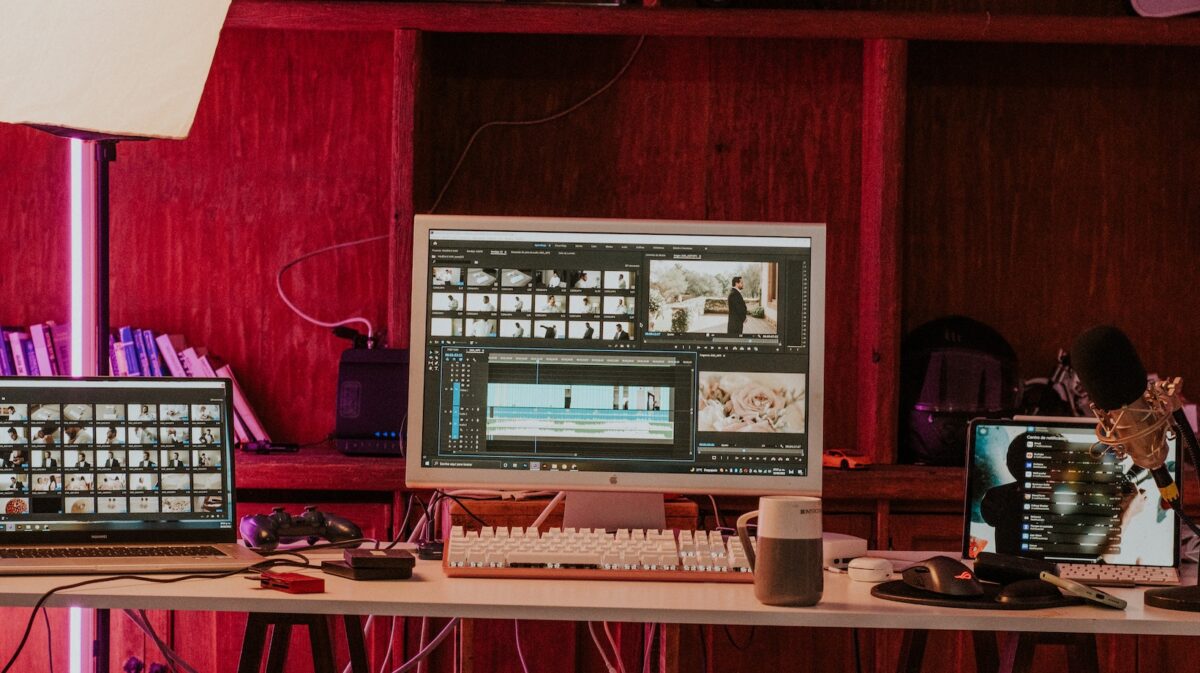Artists today rely heavily on digital tools and software to bring their creative visions to life. One such tool that has revolutionized the design process is Adobe Creative Cloud. With its suite of powerful applications like Photoshop, Illustrator, and InDesign, artists can seamlessly create stunning visuals and artwork. But did you know that Adobe could also track the design processes of these artists?
Adobe Creative Cloud offers a feature called “Creative Cloud Libraries,” which allows users to save and organize their design assets in one centralized location. This includes everything from images and colors to brushes and fonts. What’s interesting is that Adobe can track when and how these assets are used, providing valuable insights into an artist’s workflow.
By analyzing the design processes of artists who use Adobe Creative Cloud, Adobe can gain a deeper understanding of their needs and preferences. This information helps them improve their software offerings, ensuring that they continue to meet the evolving demands of creative professionals. It’s a win-win situation for both artists and Adobe as it enables a more efficient and tailored experience for users.
Improving Collaboration with Adobe’s Design Tracking
When it comes to design projects, effective collaboration is key. With Adobe’s ability to track design processes, teams can enhance their collaborative efforts and streamline the overall workflow. By utilizing features such as version control and commenting, designers can work together seamlessly on a project, regardless of their physical location.
Adobe’s design tracking allows team members to easily monitor changes made throughout the design process. This means that everyone involved in the project can stay up-to-date with the latest modifications and additions. The ability to track these changes not only improves communication but also reduces the chances of miscommunication or duplicating work.
Streamlining Workflow Efficiency through Design Tracking
Design tracking tools offered by Adobe enable designers to optimize their workflow efficiency. By having a clear record of each step taken during the design process, designers can identify bottlenecks or areas where improvements can be made. This valuable insight allows for continuous optimization and ensures that projects are completed within deadlines.
Additionally, tracking design processes helps in identifying patterns or trends in a designer’s work style. For instance, if certain techniques consistently yield better results or if specific stages encounter more challenges, this information can be used to refine future projects and save time.

Enhancing Project Management with Adobe’s Design Tracking
Effective project management is crucial for successful outcomes. With Adobe’s design tracking capabilities, project managers have access to valuable data that aids decision-making processes and resource allocation. They gain insights into individual contributions from team members and identify potential roadblocks early on.
By using Adobe’s design tracking features, project managers are able to monitor progress against milestones and ensure efficient utilization of resources. This not only improves accountability but also enables proactive problem-solving if any hurdles arise during the course of a project.
The Impact of Digitalization on Artistic Processes
In today’s digital age, artists are facing a transformative shift in their creative processes. The introduction of digital tools and technologies has revolutionized how artists conceptualize, create, and showcase their work. With the rise of software like Adobe Creative Cloud, artists now have access to a wide range of powerful tools that enable them to bring their visions to life with unprecedented precision and efficiency.
Digitalization has made it possible for artists to experiment freely and explore new artistic possibilities. Traditional mediums such as paint and canvas are no longer the only options for creating art. Artists can now seamlessly combine traditional techniques with digital elements, pushing boundaries and blurring the lines between different art forms.
Artists Adobe Could Track Design Processes
Many artists have embraced technology as a means of expanding their creative expression. From graphic designers crafting visually stunning compositions to illustrators bringing fantastical worlds to life, technology has become an essential tool for modern-day artists.
Digital platforms provide artists with opportunities for global exposure and collaboration. Social media platforms like Instagram allow artists to reach vast audiences instantly, gaining recognition and building connections within the industry. Online communities also provide valuable feedback and support networks where artists can connect with like-minded individuals who share similar passions.
In conclusion, the role of artists in the digital age is constantly evolving due to technological advancements. The impact of digitalization on artistic processes has opened up new possibilities for creative expression. With tools like Adobe’s design tracking feature, artists can streamline their workflows and enhance collaboration, ultimately pushing the boundaries of art in the digital realm.

